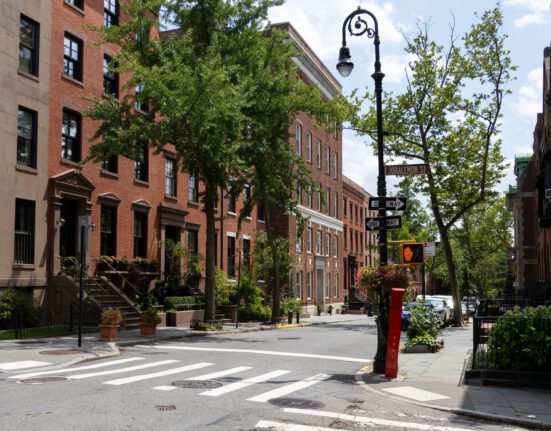More opportunity in more places, that’s what awaits hunters this fall across much of Pennsylvania, thanks to additional state game lands enrolled in the Deer Management Assistance Program.
DMAP, as the program is commonly called, works like this: hunters can get permits that allow them to harvest antlerless deer — one per tag — on the specific property or area for which it was issued.
The program has been around for years and has proven popular with both hunters and landowners — public and private — looking to achieve specific property and wildlife management goals.
Last year was the first where DMAP was offered on state game lands, though. There were 22 enrolled.
This year, DMAP is in place on 41 game lands across the Northwest, Northcentral, Northeast and Southeast regions. Combined, there are 7,000 tags available across 360,014 acres.
DMAP permits for state game lands and other public and private properties enrolled in the program go on sale Monday, Aug. 12, at 8 a.m.
DMAP permits are available in addition to the antlerless deer licenses issued on a Wildlife Management Unit (WMU) basis. That has real benefits for hunters, not least across the northern tier.
Pennsylvania is broken up into 22 WMUs. Just as importantly, there and everywhere it’s in place, DMAP on state game lands will help the Game Commission manage habitat for all sorts of wildlife in the face of over-browsing by deer.
Game Commission Forestry Division Chief Paul Weiss said most forest management conducted on state game lands is intended to create a desirable distribution of tree age classes, including early successional forest. But deer are limiting the success of those efforts.
This year, for the first time in quite a while, foresters are erecting deer-proof fencing on state game lands in every region of the state around new timber cuts, Weiss said. If they don’t, overabundant deer browse off any young seedlings that come back so quickly and so heavily that new forests can’t regenerate themselves.
“DMAP is important to helping us with that because it targets hunting pressure in areas where it’s needed,” Weiss said. “It takes the people who do want to hunt and do want to harvest deer and focuses them in on areas that are actively being managed, but where that management isn’t being successful because of deer pressure.”
Pennsylvania’s Department of Conservation and Natural Resources (DCNR), which manages state parks and forests, and Allegheny National Forest both use DMAP. They are two of the state’s three largest public landowners, with the Game Commission being the other. The state’s two largest private landowners, Collins Pine and Lyme Timber Co., use DMAP as well.
All have participated in DMAP for years, often on lands adjacent to state game lands. Enrolling those game lands in DMAP gives hunters the opportunity to better manage the properties that their license dollars helped pay for.
The state game lands enrolled in DMAP this year were, as last, chosen after thorough review. They are places where every other option to promote successful forest regeneration were first exhausted.
DMAP tags for a particular game lands can be used anywhere on that property. But Weiss said hunters can up their odds of encountering deer by focusing on those places where timber cuts have been conducted in recent years. Those cuts offer deer food in the form of woody browse and new growth, as well as escape cover. Cuts conducted in the last five to 20 years are especially prime.
“If you find cut areas on a DMAP property, you should have a good chance of success,” Weiss said.
An interactive, mobile-accessible map outlining the location of game lands DMAP unit is available through pgc.pa.gov. Clicking on a DMAP unit on the map shows how many tags remain available. When a unit sells out, it will show up as red rather than blue.
Hunters can purchase up to two DMAP permits per state game land unit starting at 8 a.m. on the day third round antlerless license sales begin. That’s Aug. 12 this year. Permits can be purchased any day thereafter so long as they remain available.
DMAP permits cost $10.97 for Pennsylvania residents and $35.97 for nonresidents. They can be purchased from any license issuing agent or online at huntfish.pa.gov. Hunters must identify the DMAP unit number when purchasing a permit.
Of course, DMAP permits are once again being offered on other public and private properties around the state. There are a number of DMAP units that apply to geographic areas, rather than specific properties, where the Game Commission wants to get additional samples to check for Chronic Wasting Disease (CWD).
Featured Local Businesses
All those, too, can be purchased the same way at the same price.







